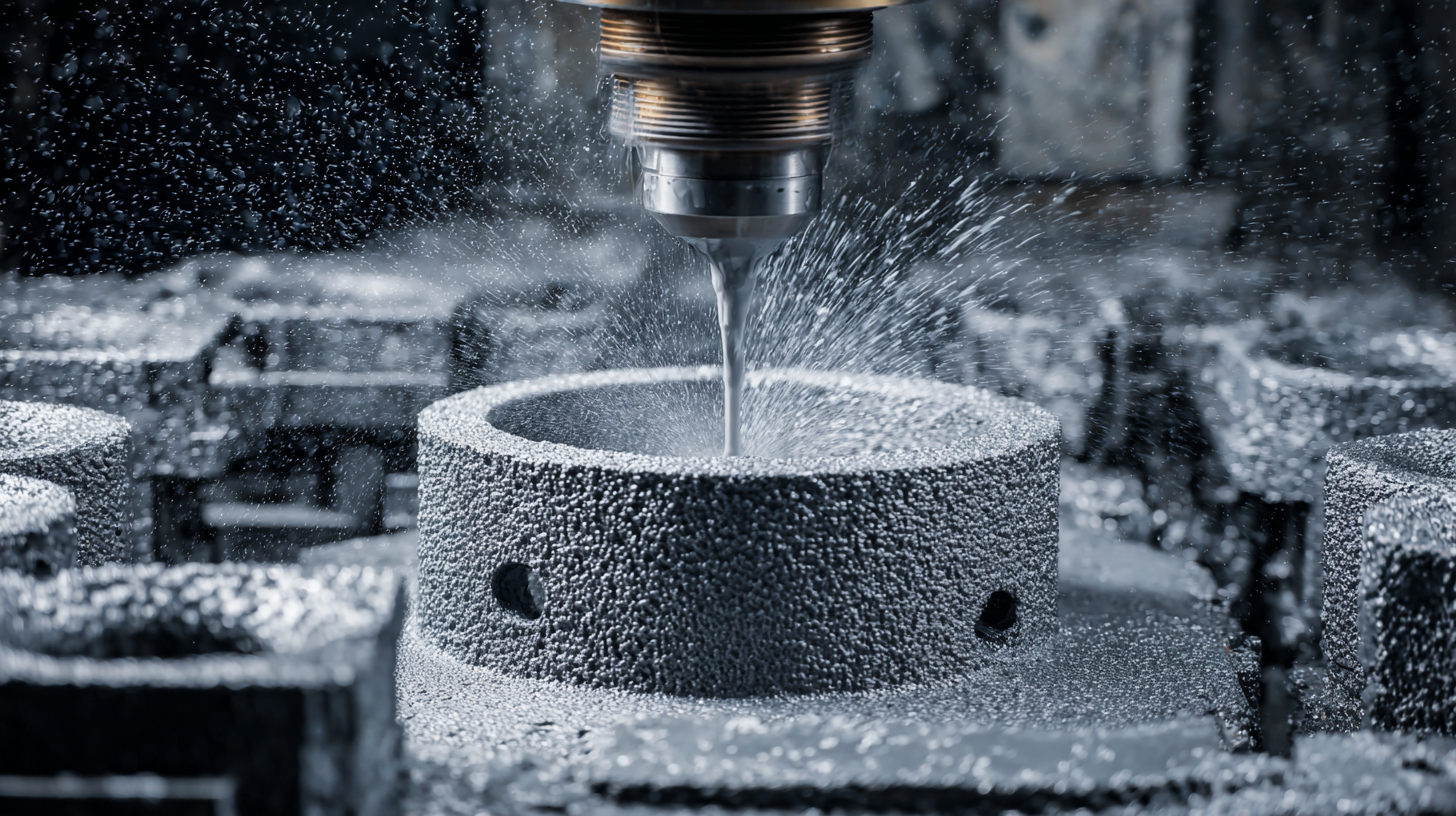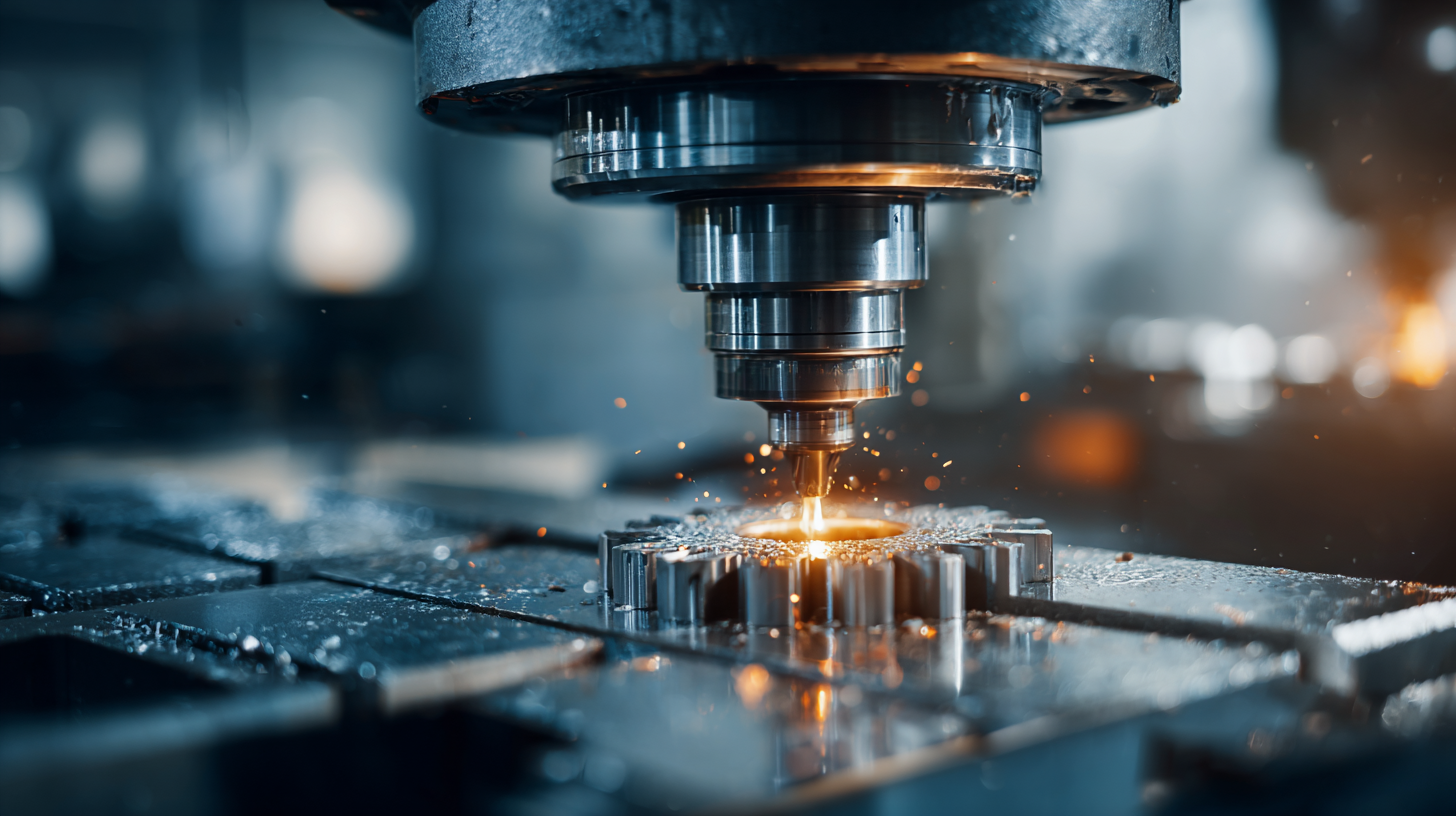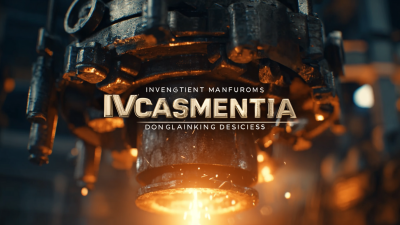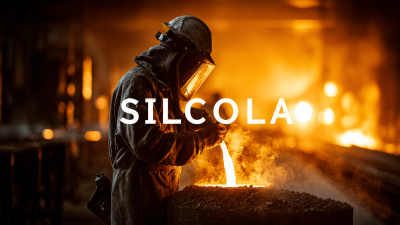In the realm of manufacturing, achieving a balance between precision and versatility is paramount, and Investment Casting Parts stand at the forefront of this challenge. This innovative casting technique offers a myriad of advantages that can significantly enhance project outcomes across various industries.

As we explore the multifaceted benefits of Investment Casting Parts, it becomes clear that they are a fundamental solution for engineers and designers seeking efficiency and reliability in their projects, ultimately unlocking new possibilities for product development and innovation.
Investment casting, also known as lost-wax casting, offers a sophisticated approach to metal shaping that provides both precision and versatility. The process begins with creating a wax pattern of the desired part, which is then coated in a ceramic shell. Once the shell hardens, the wax is melted and drained away, leaving a hollow cavity that mirrors the original pattern. This method enables intricate designs and tight tolerances, making it ideal for complex geometries that traditional casting methods may struggle to achieve.
After the wax is removed, molten metal is poured into the ceramic shell to form the part. The shell is often reusable, which adds to the sustainability of the investment casting process. Once cooled, the shell is broken away to reveal the finished product, which can require minimal post-processing. The versatility of investment casting allows for a variety of materials to be used, including alloys of steel, aluminum, and even high-temperature superalloys, catering to a wide array of industries such as aerospace, automotive, and medical device manufacturing. The result is high-quality components that meet rigorous performance standards.

Investment casting, often regarded as a pivotal technique in manufacturing, provides several key advantages when it comes to complex part design and functionality. This process allows for the creation of intricate geometries and fine details that are often unattainable through traditional casting methods. With the ability to produce components with tight tolerances and smooth surfaces, investment casting significantly reduces the need for extensive machining, thereby saving both time and costs in the production cycle.
Moreover, investment casting is highly versatile, accommodating a wide range of materials, including various metals and alloys. This flexibility enables designers and engineers to choose the ideal material properties to match the specific requirements of their projects. The capability to produce large volumes of consistent, high-quality parts also makes investment casting an attractive option for industries such as aerospace, automotive, and medical, where precision and reliability are paramount. As a result, investment casting stands as a superior choice for achieving sophisticated designs while maintaining functional integrity in demanding applications.
| Advantage | Description | Applications |
|---|---|---|
| Complex geometries | Investment casting allows for intricate shapes and detailed designs that may be impossible with other methods. | Aerospace, Medical Devices |
| High dimensional accuracy | Parts produced through investment casting maintain tight tolerances, minimizing the need for machining. | Automotive, Electronics |
| Material versatility | A wide range of materials can be used, including alloys that possess unique properties. | Marine, Oil and Gas |
| Reduced waste | Investment casting uses less material, significantly lowering production waste compared to other methods. | General Manufacturing, Tooling |
| Enhanced mechanical properties | Parts exhibit improved strength, durability, and performance due to the fine grain structure. | Aerospace, Defense |
Investment casting, also known as lost-wax casting, offers distinct advantages over other metal processing techniques such as sand casting and forging. According to a report by the Investment Casting Institute, investment casting can achieve tolerances as tight as ±0.005 inches, which significantly enhances the precision of components compared to the ±0.010 to ±0.020 inches commonly found in sand casting. This level of precision ensures that parts fit together seamlessly, reducing the need for costly secondary machining processes.
Furthermore, the versatility of investment casting allows for a wide range of materials to be used, including various alloys of steel, aluminum, and nickel-based superalloys. A study published in the Journal of Materials Processing Technology highlights that investment casting can produce complex geometries and intricate designs, which would be challenging or impossible to achieve with forging or machining. This adaptability not only enhances design freedom but also leads to improved material utilization, as investment casting generates less waste compared to traditional methods, which can have a scrap rate of up to 30%. By leveraging the benefits of investment casting, manufacturers can optimize their projects for both precision and efficiency.
Investment casting, also known as lost-wax casting, has emerged as a preferred method in various industries due to its exceptional precision and versatility. According to a report by MarketsandMarkets, the global investment casting market was valued at $14.1 billion in 2020 and is projected to reach $20.3 billion by 2025, expanding at a CAGR of 7.5%. This growth reflects the increasing demand for high-quality metal components across sectors like automotive, aerospace, and medical devices.
In the automotive industry, investment casting is employed to produce complex and lightweight components that enhance fuel efficiency and performance. Notably, a study by the American Foundry Society highlights that investment casting can achieve dimensional tolerances of ±0.005 inches, making it ideal for intricate parts such as engine blocks and turbochargers. Similarly, in aerospace, the ability to create highly durable and intricate components, such as turbine blades and structural brackets, is invaluable. The precision of investment casting not only reduces the need for extensive machining but also significantly minimizes material waste, showcasing its sustainable advantages in manufacturing.
The medical industry also benefits from investment casting, particularly for creating custom implants and surgical instruments. According to a report by Grand View Research, the medical device segment is anticipated to grow at a CAGR of 6.9% from 2021 to 2028, driven in part by the increasing adoption of advanced manufacturing techniques like investment casting. The precision offered by investment casting ensures that medical components meet stringent regulatory standards while providing high performance in critical applications.

When considering the optimal manufacturing method for your project, investment casting stands out due to its unmatched precision and flexibility. This technique is particularly beneficial for producing complex geometries and intricate details, which can significantly enhance the functionality of your components. When choosing investment casting, it is essential to assess the material requirements and the production volume. Various metals and alloys can be utilized, allowing for tailored solutions that meet specific project demands.
In addition to material selection, evaluating the design intricacies is pivotal. Investment casting can produce parts with thin walls and tight tolerances, making it an ideal option for applications in industries such as aerospace, automotive, and medical. However, it is crucial to collaborate with experienced casting manufacturers who understand your project's unique challenges. They can provide insights into mold design, suitable materials, and the overall feasibility of your components. By prioritizing these factors, you can leverage the advantages of investment casting to optimize your project's outcomes effectively.






